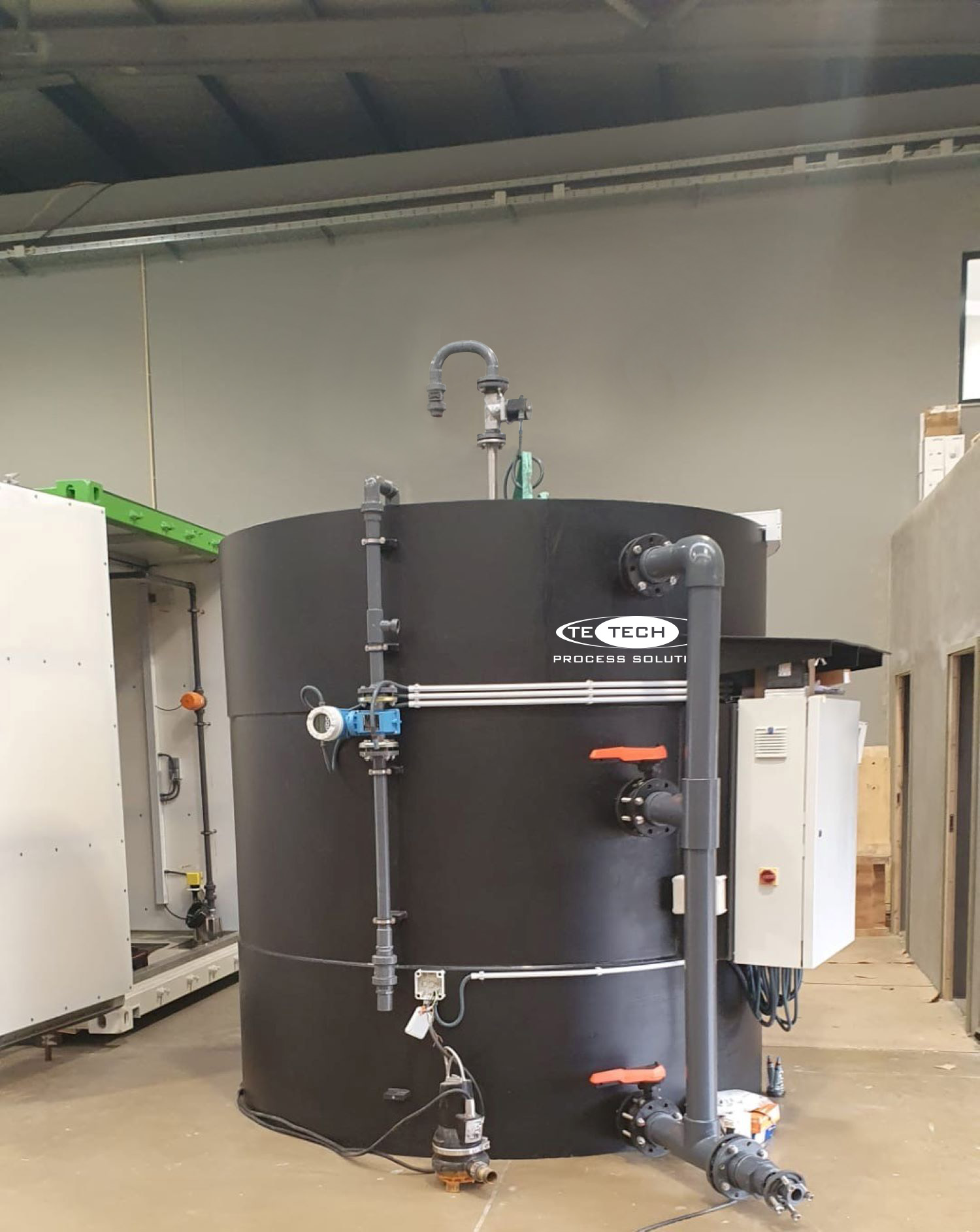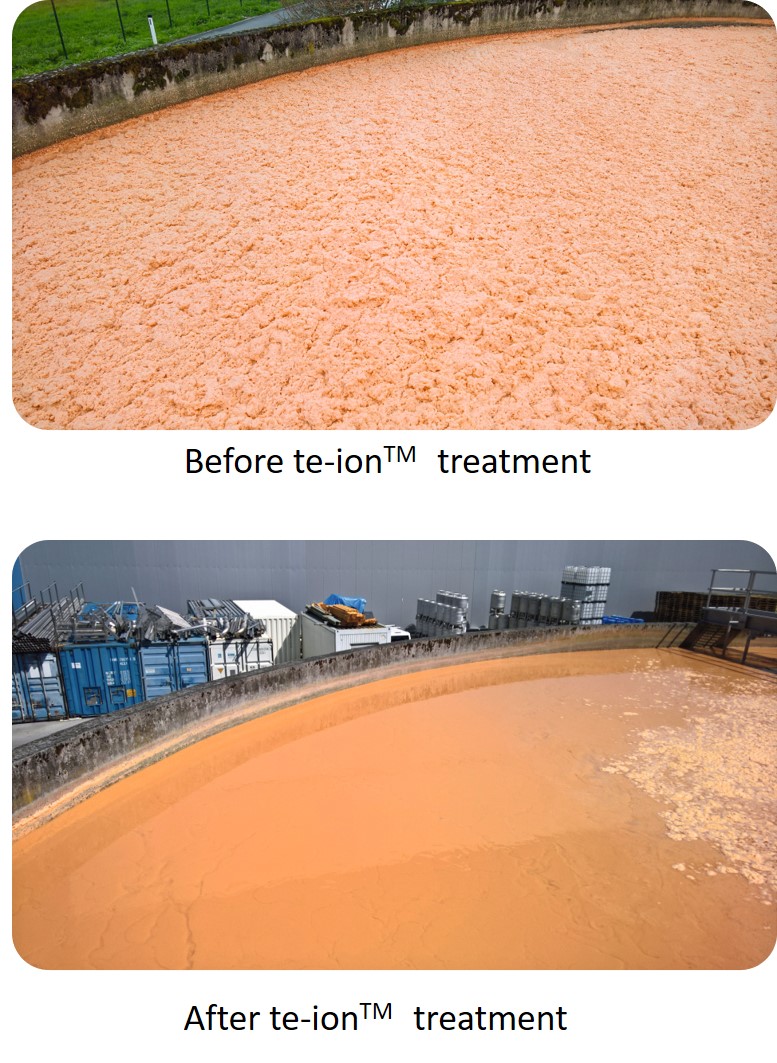The te-ionTM technology is an advanced oxidation process for the effective treatment of water and wastewater. The te-ionTM process is suitable for a number of different treatment applications ranging from treatment to suppress sludge bulking, to the disinfection of water and wastewater.
Process Description
The te-ionTM process is based on the electrical glow discharge principle to form different reactive oxygen species (ROS) in a non-thermal plasma (NTP). The radicals created have a very high oxygen potential and can therefore oxidise most organic compounds (via proton transfer or hydrogen atom transfer) and inorganic compounds such as arsenic salts from the oxidation state +III to +V.
Oxygen radicals are introduced into the water via an immersed mixer or by external blowers and a floor mounted diffuser system. The production of the non-thermal plasma (NTP) can be achieved with ambient air, no additional pre-treatment is required.
Read our Whitepaper HERE


Sludge Bulking
A high percentage of all municipal wastewater treatment plants are affected by filamentous sludge bulking problems at some time during their operation. Filamentous bacteria such as Beggiatoa, Microthrix, Nocardia and Sphaerotilus are useful in providing some structure in the formation of larger, stronger flocs. However excessive growth of this bacteria can lead to sludge bulking, creating poor settlement characteristics and foaming issues.
The te-ionTM technology provides effective treatment against the filamentous bacteria causing sludge bulking and foaming issues on sites. The NTP will improve the sludge condition in two ways.
Firstly, the ionized air will change the charge of sludge flocs allowing the sludge flocks to coagulate more efficiently.
Secondly, NTP will destroy filamentous bacteria without affecting floc-forming microorganisms. The NTP will be introduced in the return sludge stream with less than 20 minutes retention time.
There are several other positive impacts from the implementation of a te-ionTM solution. The dosing of flocculation chemicals for the suppression of bulking sludge can be omitted or at least strongly reduced and the destruction of filamentous bacteria increases the BOD/COD ratio and improves the denitrification step and enhanced dewatering characteristics can be expected.
Download our brochure HERE

Find out how the te-ionTM works below, by clicking on the image


.jpg)